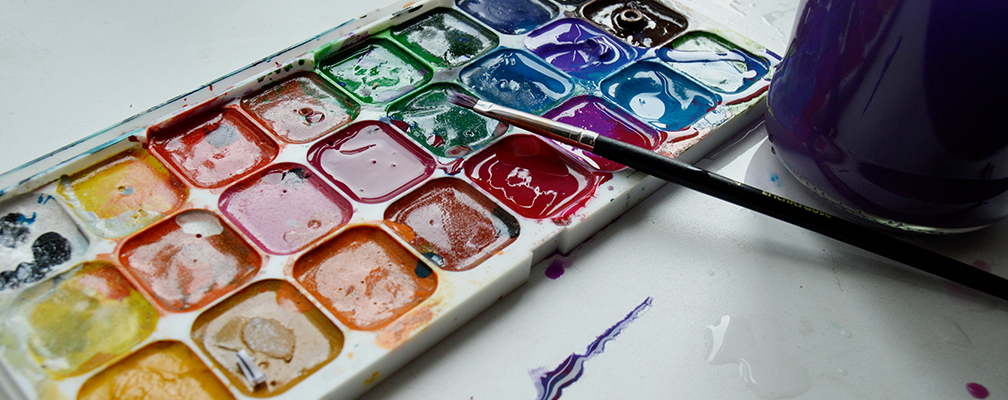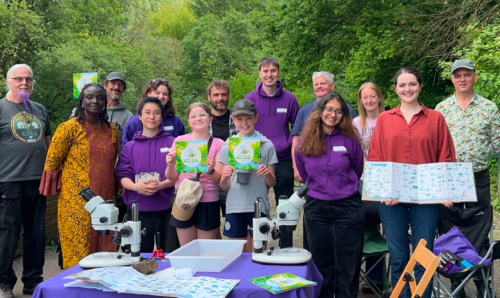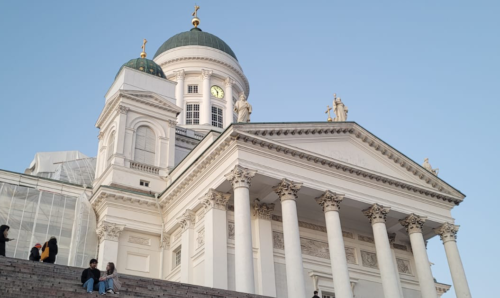When art meets science: Proposals, poetry and video packages
SEES 14th April 2025
No… the Earth and Environmental students haven’t misunderstood the assignment. It’s actually just a rite of passage in every third year’s journey where the Science Communication module comes around.
This project challenges students in a different way. They’re encouraged to go beyond their understanding of research, and instead make research understood. The hypothesis? Scientific findings are not effective if they can’t be communicated to the general public.
For this, experimentation takes place outside of the laboratory. Rather, students call on their creativity to turn scientific articles into accessible and engagement artforms. “The purpose of this class project was to take a scientific journal article and communicate it to a nonscientific audience,” says Professor of Synoptic Meteorology and unit lead, David Schultz.
“The students had to specify the article, the audience they were targeting, the vehicle that they were going to use (e.g., BBC news story, proposal to city council), and the take-home message that they wanted to impart on the audience. This is the fifth time that I’ve taught the class in this manner, and each year the students come up with increasingly clever and creative projects.”
This year’s cohort did not disappoint. Below are some of the stand-outs that checked every box on the brief!
Buthaina: Crafting poetry about Biodi-VERSE-ity
While some students stuck to traditional formats, Buthaina took a more lyrical approach. Her project transformed the science of biodiversity into poetry, demonstrating how language and emotion can help non-scientists connect with complex environmental issues.
Her work is a reminder that effective science communication doesn’t always mean simplifying facts. Sometimes, it’s about choosing the right means to explain why the science matters.
“I believe poetry is a powerful and engaging way to convey a key message,” Buthaina explains. “It allowed me to use symbolism and creative expression to explain scientific terminology in a more relatable way.”
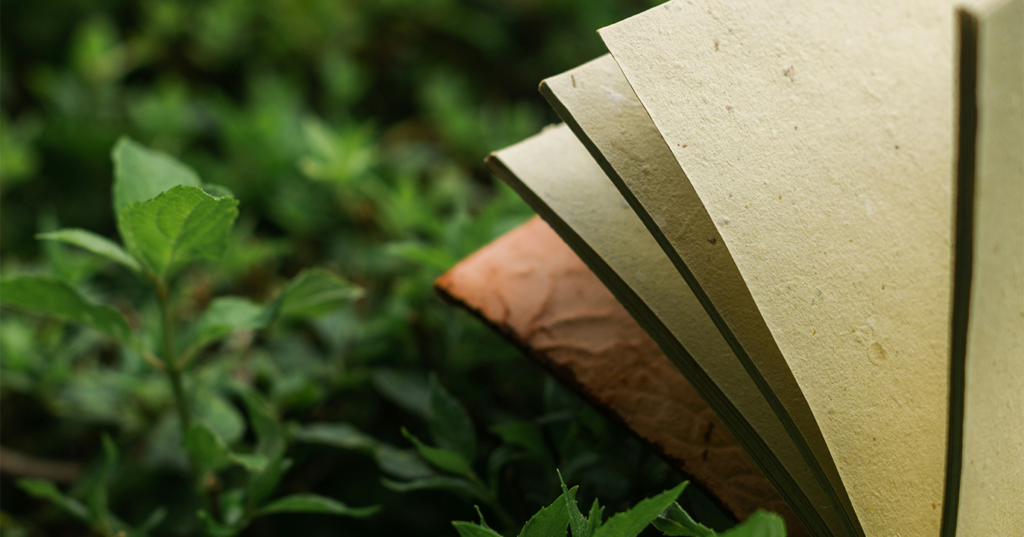
Bethany: Forecasting space weather
For Mancunians, the importance of a good forecast is a given. But what about… space weather?
Bethany’s project displays the science behind space weather forecasting across four stages. The proposal shows how the Met Office monitors and predicts solar flares and geomagnetic storms. It might seem like distant phenomena, but these actually have very real consequences here on Earth! Especially, for sectors like telecommunications, aerospace and national infrastructure.
Her article was aimed at businesses and technical stakeholders, breaking down how different forecasting models can serve various users. To bring the topic to life, Bethany created an infographic styled in the Met Office’s official brand colours. Complex topic, simple design!
“I really enjoyed learning about specialised forecasting methods,” Bethany says. “These predictions offer real value to many sectors and I’m excited to see how more companies begin using them.”
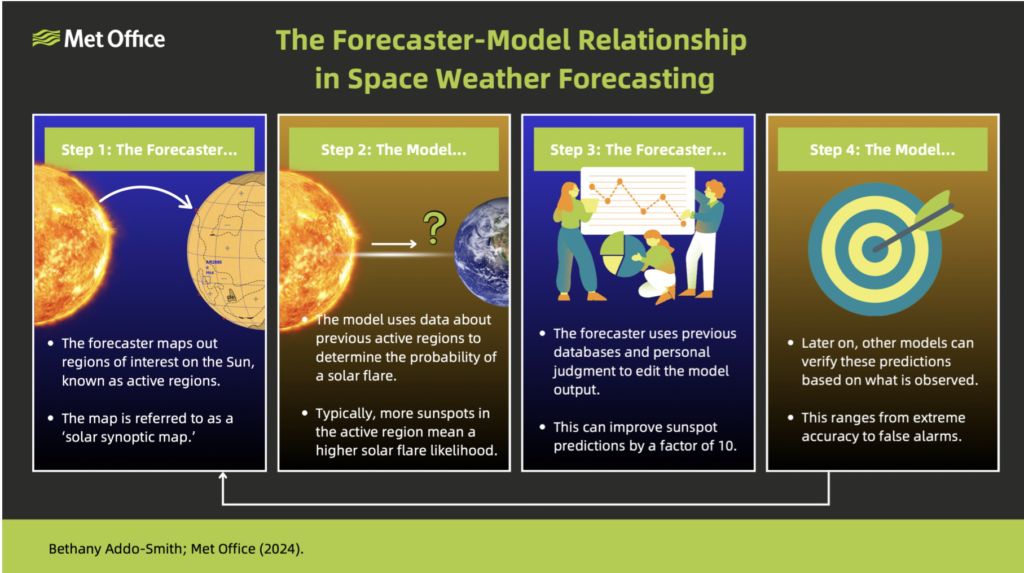
Alex: From the lab to the living room
Giving new meaning to the word spin, Alex found inspiration in the BBC Breakfast bulletin. His news report video explored the emerging use of 3D-printed spider silk in medical bandages.
Aside from translating technical jargon into everyday chit-chat, Alex also learnt how to record, edit, and present like a professional broadcaster (complete with costume and accent).
Upon finding this topic he realised it was perfect for his target audience: older viewers with an interest in science and health.
“I knew I wanted to make a news report, but wasn’t sure on the topic at first,” Alex explains. “[The project] was challenging but a lot of fun,” he says.

Emily: Posterising research for policy makers
While most students focused on the public, Emily had a different audience in mind with local policymakers.
Her creative approach was tailored to Sheffield City Council. This involved solutions for urban horticulture in the city, and highlighted how disused land could be repurposed to grow food for local communities.
Throughout this project, she soon realised that persuading city council officials required a unique strategy. Emily’s work shows how science communication isn’t just about sparking curiosity, it can also be about influencing real-world decisions.
“I had to completely rethink my structure and language,” she recalls. “The final report included practical implementation ideas, budget outlines, and clear connections to existing council strategies.”
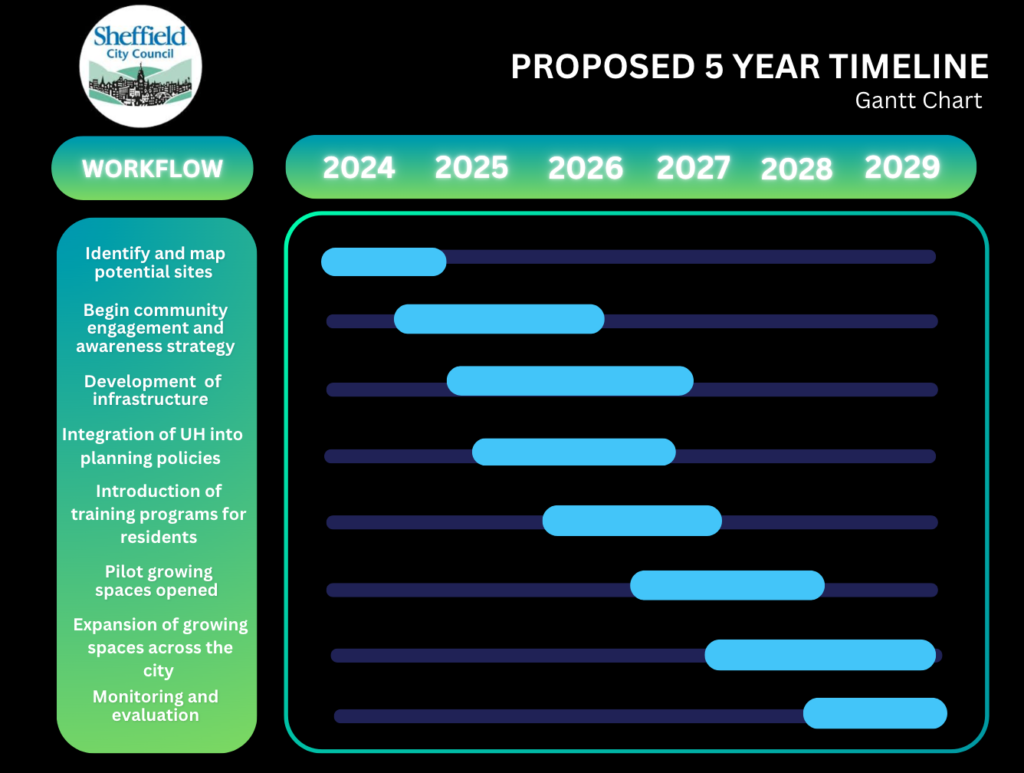
However they chose to communicate, these students show how science can be made meaningful for every audience, not just those with a STEM background.
As science and technology continues to shape our world, the ability to explain, advocate, and inspire will be crucial for future researchers, professionals, and public leaders alike.
artbiodiversitycommunicationsEarth and Environmental SciencesMaterialsmedical sciencePolicyscienceSpace

